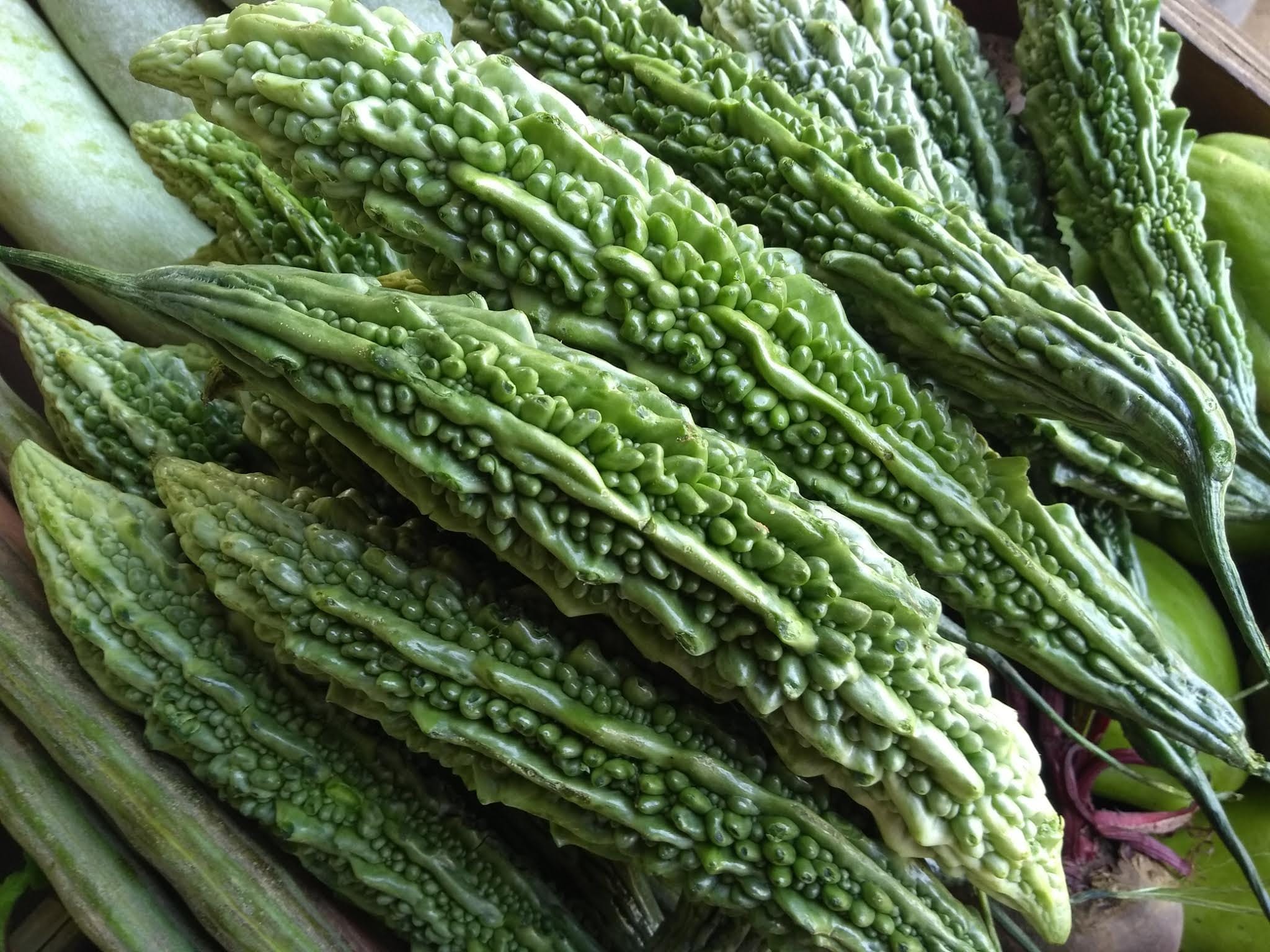Abstract
Ampalaya, scientifically known as Momordica charantia, is a highly regarded plant for its diverse health, environmental, and economic benefits.
This article delves into the benefits of Ampalaya and its historical significance, unique characteristics, and contributions to nutrition, medicine, and culinary traditions.
Despite its bitter taste, ampalaya’s versatility makes it a staple in traditional remedies and modern dietary practices.
However, the plant also faces conservation challenges, and proper care is necessary to harness its full potential without adverse effects.
Introduction
Ampalaya, or bitter melon, is a tropical and subtropical vine that has been celebrated for its medicinal and nutritional properties.
Native to Asia, Africa, and the Caribbean, ampalaya has been used in traditional medicine for centuries to treat ailments such as diabetes, gastrointestinal issues, and skin conditions.
Its fruit, leaves, and seeds are valuable not only in culinary practices but also for their profound health benefits.
In addition to its health benefits, ampalaya is also a culturally significant plant, often symbolizing resilience and adaptability due to its ability to thrive in challenging environments.
The increasing popularity of ampalaya in modern health trends underscores its enduring relevance as a natural remedy and functional food.
History
Ampalaya traces its origins to South and Southeast Asia, where it has been cultivated for over 600 years.
Historical records suggest its early use in traditional Chinese medicine and Ayurvedic practices for treating various ailments, such as respiratory disorders and digestive problems.
From Asia, it spread to Africa and the Caribbean through trade routes, becoming a vital crop in traditional diets and medicine.
Over time, ampalaya’s role expanded beyond traditional uses, as it gained recognition in the global scientific community for its pharmacological properties.
The plant’s inclusion in ancient texts and folk tales highlights its historical and cultural importance across different regions.
Characteristics Of Ampalaya
Ampalaya is a fast-growing vine from the Cucurbitaceae family. It thrives in warm climates and produces green, wrinkled fruits that turn yellow when ripe.

Its leaves are deeply lobed, and its flowers are small, yellow, and unisexual. The plant’s characteristic bitterness is attributed to bioactive compounds like momordicin.
Environmental Benefits
Ampalaya contributes to environmental sustainability by enriching soil quality and serving as a host plant for beneficial insects.
Its dense foliage provides shade and helps reduce soil erosion. As a climber, it can grow vertically, optimizing space in agricultural setups.
Benefits Of Ampalaya
Here are some of the benefits of ampalaya:

- Nutritional Benefits: Ampalaya is rich in vitamins A, C, and E, as well as iron, potassium, and dietary fiber. It is low in calories, making it ideal for weight management.
- Medicinal Benefits: Known for its antidiabetic properties, ampalaya contains charantin and polypeptide-p, compounds that regulate blood sugar levels. It also exhibits anti-inflammatory, antimicrobial, and antioxidant properties.
- Heart Health: Regular consumption of ampalaya may help lower cholesterol levels and improve heart health by reducing oxidative stress.
- Immune Boost: Its high vitamin C content strengthens the immune system, helping the body fight infections and recover from illnesses faster.
- Digestive Health: The dietary fiber in ampalaya promotes gut health by aiding digestion and preventing constipation.
- Liver Protection: Studies suggest that ampalaya’s antioxidants can help protect the liver from damage caused by toxins and oxidative stress.
- Skin Health: The plant’s extracts are used to treat acne, eczema, and other skin conditions. Its antibacterial properties help cleanse and rejuvenate the skin.
Uses
Ampalaya is used in:
- Traditional Medicine: Decoctions and poultices made from its leaves and fruit.
- Culinary Practices: A key ingredient in soups, stir-fries, and pickles.
- Cosmetics: Incorporated in skincare products for its anti-inflammatory benefits.
Economic Significance
Ampalaya farming provides livelihoods for thousands of farmers in tropical countries. It is exported globally, and its extracts are utilized in pharmaceuticals and nutraceuticals. The plant also promotes agro-tourism in rural areas.
Market
The global market for ampalaya is growing, driven by increasing demand for herbal medicines and health-conscious diets. Major producers include India, the Philippines, and China.
Conservation and Challenges
While ampalaya thrives in many regions, it faces challenges such as pests, diseases, and climate change. Sustainable farming practices and genetic conservation efforts are vital to preserve its biodiversity.
Interesting Facts About Ampalaya
Here are some interesting facts about ampalaya:

- Ampalaya is known as “bitter gourd” in English and “Karela” in Hindi.
- Its flowers are edible and used in some cuisines.
- The plant’s bitterness intensifies as it ripens.
- Ampalaya is often included in fasting diets due to its low-calorie content.
- The plant is celebrated in some cultures during harvest festivals.
- Certain varieties of ampalaya have been developed to reduce bitterness while retaining their health benefits.
Culinary Uses
Ampalaya is a versatile ingredient in many cuisines. It is commonly used in Asian dishes, such as Filipino pinakbet, Indian sabzi, and Chinese stir-fried ampalaya with eggs.
Nutritional Benefits
Ampalaya’s high fiber content aids digestion, while its antioxidants help combat free radicals. Its low glycemic index makes it ideal for diabetics. It is also a good source of essential nutrients that support overall well-being.
Traditional Dishes Of Ampalaya
here are some of the traditional dishes of ampalaya:

- Pinakbet (Philippines): A vegetable stew with shrimp paste.
- Karela Bharta (India): Spiced mashed bitter gourd.
- Bitter Gourd Soup (China): A comforting broth with pork and bitter melon.
Caution
While ampalaya offers numerous health benefits, excessive consumption can lead to gastrointestinal discomfort or hypoglycemia, especially in individuals with low blood sugar levels.
Pregnant women should consult healthcare providers before consuming it due to potential uterotonic effects.
Furthermore, individuals on diabetes medications should monitor their blood sugar levels closely, as ampalaya can enhance the effects of these drugs.
To minimize its bitterness and potential side effects, it is advisable to prepare the fruit with proper cooking methods, such as blanching or soaking in salted water.
Conclusion
Ampalaya is a treasure trove of health, environmental, and economic benefits. Its integration into traditional medicine and modern practices underscores its importance.
Beyond its bitter taste lies a plant with immense potential to improve health and livelihoods. However, responsible consumption and sustainable cultivation are key to ensuring its benefits are maximized while mitigating potential risks.
As awareness of its advantages grows, ampalaya’s role as a functional food and natural remedy will continue to flourish, making it a valuable asset for future generations.
Also Read: Benefits of Taro (Colocasia esculenta) A Detailed Analysis of its History, Benefits, Uses, Facts and Safety
Well, what do you think about the article?
Did you enjoy reading “Benefits of Ampalaya (Momordica charantia) A Detailed Analysis of its History, Benefits, Uses, Facts and Safety“?
We really hope that you have found this article informative and engaging. If you have any thoughts or comments about this post, please feel free to share them in the comment section below. We appreciate your feedback and would be glad to hear from you.
To see more content like this check the gardening section of Money For My Beer.

